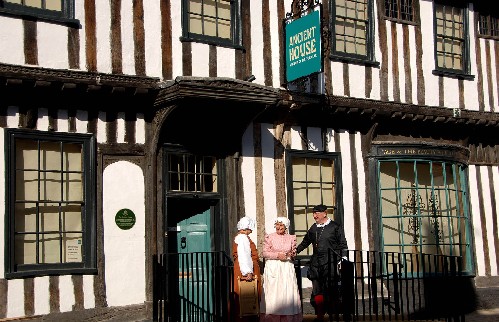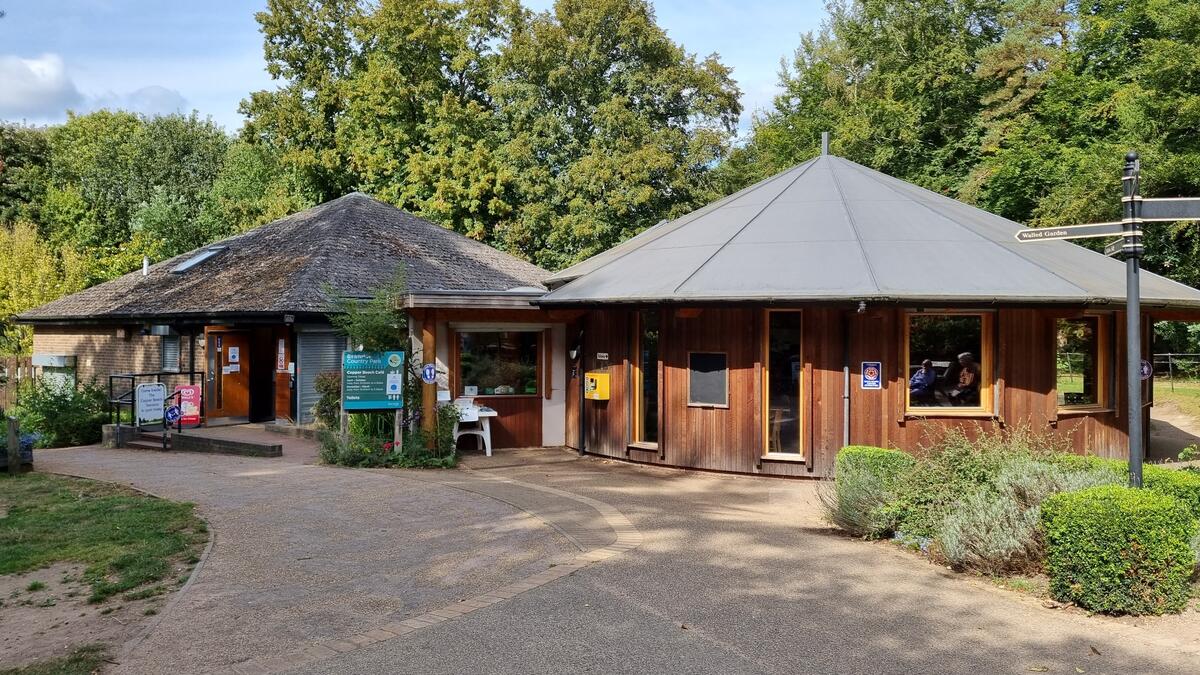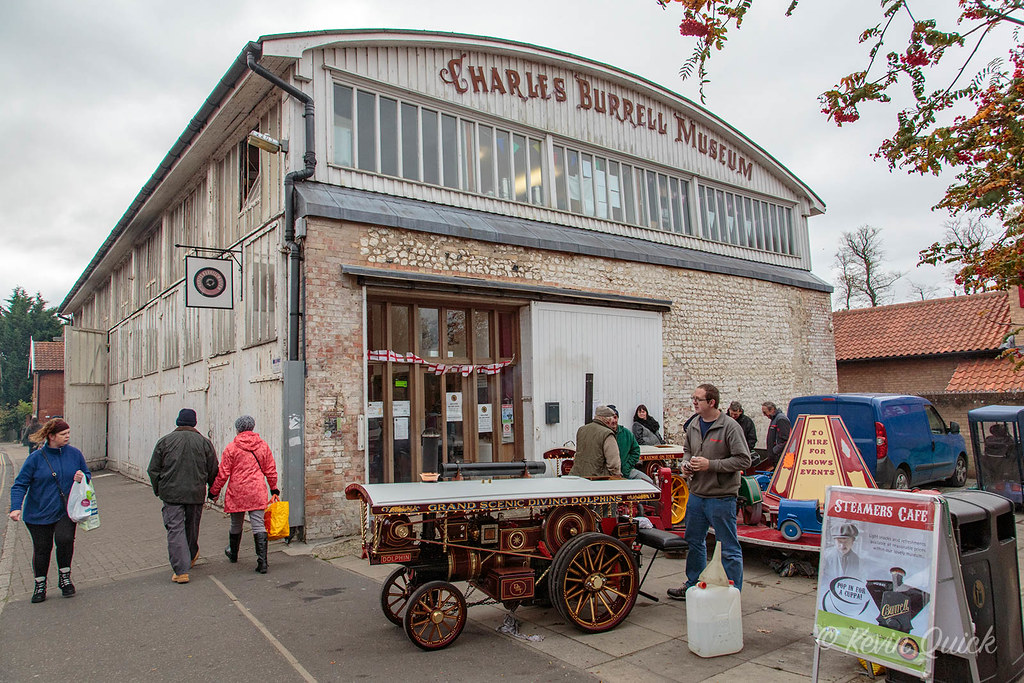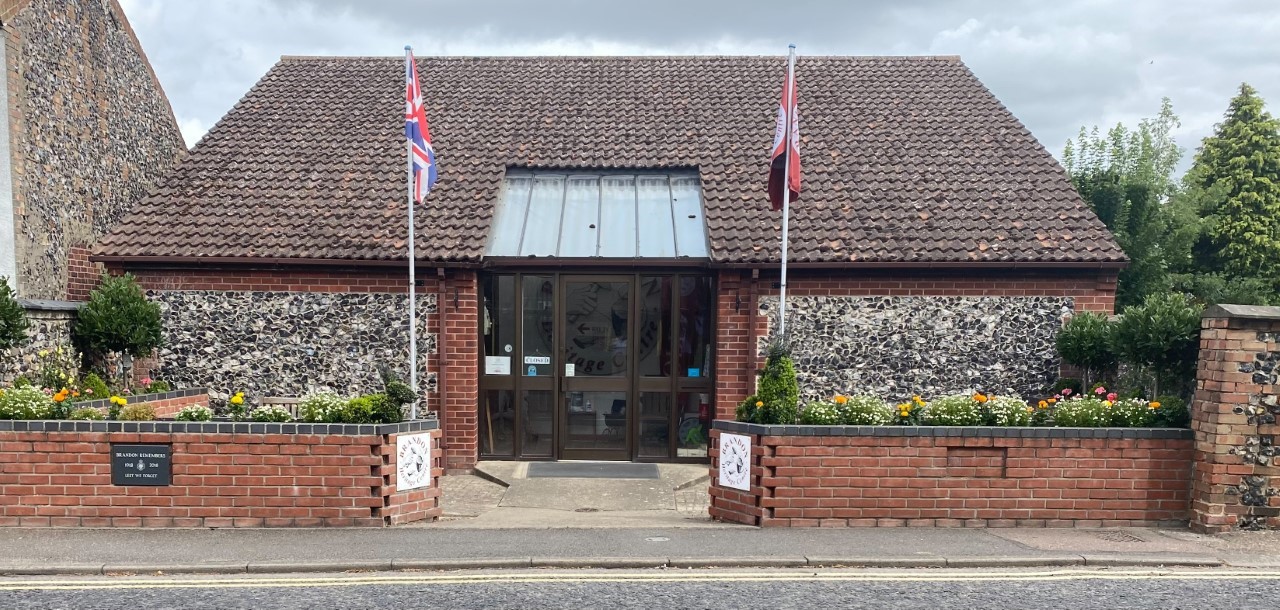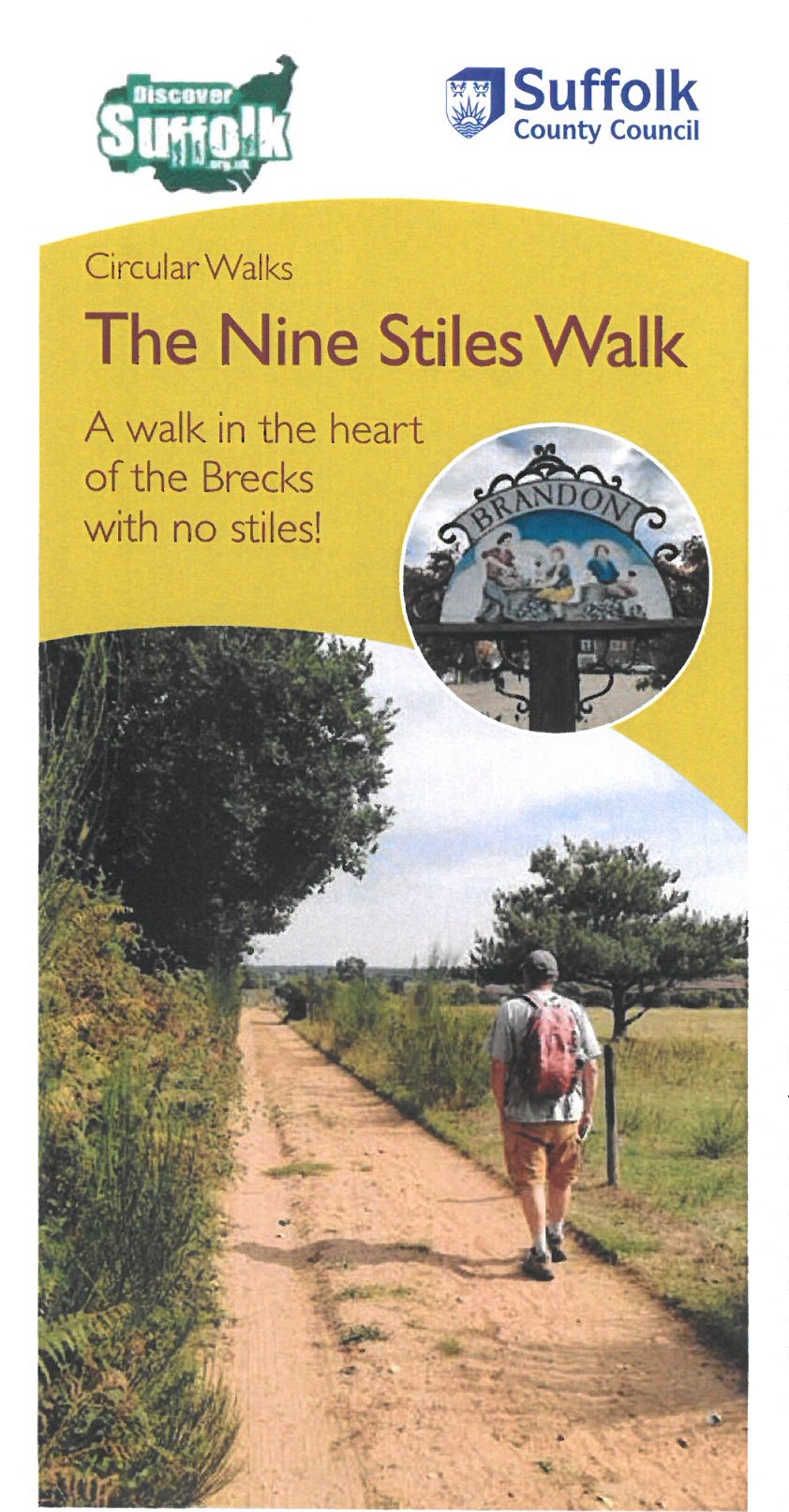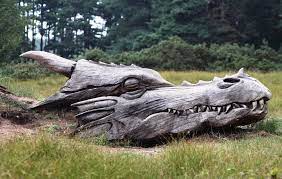Local Attractions
Local Attractions
| Brandon and Surrounding |
|---|
Ancient House Museum - Thetford Ancient House is a museum of Thetford Life, housed in a Tudor timber-framed building dated about 1490. The charming black and white building is among the principal attractions of the town of Thetford in Norfolk. Indeed, it probably ranks as one of the best examples of an early Tudor town house in East Anglia. None of the documents at present available, shed any light upon who built the house or when. The conveyance of 1921 (when the house was given to the town) speaks of its erection in the reign of Edward IV (1461-83), architectural details point to a date soon after 1500. Clearly it was the home of a merchant of some wealth, who wished to model his dwelling on the larger mansions of the day and was prepared to pay for the best craftsmen in its construction. He seems to have been restricted in the size of the site at his disposal, however, and was probably constrained by earlier boundaries on both sides. Nevertheless the house would have been detached when first built, with perhaps a carriage entrance at the side. For more information on the architecture of the building download: A Short History of the Ancient House (pdf - 8213kB)
|
Made up of over 30 acres of managed parkland, 'haunted' mausoleum, lawns and pond, historic walled garden and miles of nature trails. Located in the vast Thetford Forest, Brandon lies in the very heart of The Brecks. A wild landscape of dark forests, open heathlands, sandy soils and iconic belts of pine trees that straddles the Suffolk and Norfolk borders. Brandon Country Park is open every day of the year from dawn to dusk. Free to enjoy although, you will need to pay for parking if you need it.
|
The Charles Burrell Museum is a museum in Thetford, Norfolk, dedicated to steam power and steam transport. The museum opened in 1991 on Minstergate in Thetford. The museumand is housed in the, grade 2 listed, former paint shop of Charles Burrell & Sons, builders of steam traction engines, agricultural machinery, steam lorries and steam tram engines. We help tell the long story of how they were once Thetford’s main employer until the business closed in 1928.
|
Grime’s Graves is the only Neolithic flint mine open to visitors in Britain. This grassy lunar landscape of 400 pits was first named Grim’s Graves by the Anglo-Saxons. It was not until one of them was excavated in 1870 that they were identified as flint mines dug over 5,000 years ago. Set amid the distinctive Breckland heath landscape, Grime’s Graves is also a Site of Special Scientific Interest and a habitat for rare plants and fauna.
|
The heritage centre in Brandon is a permanent collection that tells the story of the town from the Stone Age through to the present day. Brandons Heritage Centre is located inside the town’s former Fire Station which was modified 1990s. The Fire Station is now in a purpose built building opposite the Heritage Centre. The Heritage Centre is small but aims to showcase as much of Brandon’s history as is possible from the flints to fur from the forestry to wartime.
|
Play, run, climb or cycle your way round High Lodge in Thetford Forest and experience nature at its finest Every corner of High Lodge has something just waiting to be discovered, the more you walk around the forest, the more you’ll find. With play areas dotted around the forest, beautiful trails winding through rich wilderness and thrilling mountain biking opportunities, you’ll be itching to return! The Heritage Trail at High Lodge, built with funding from the Heritage Lottery Fund, gives everyone the opportunity to enjoy the forest.
|
RAF Lakenheath is a USAFE base located only a few minute's drive from RAF Mildenhall, West of the A1065 between Mildenhall and Brandon, around 12 miles North-East of Newmarket in Suffolk. The 48th Tactical Fighter Wing, otherwise known as the Liberty Wing, is based here and provides the mainstay of any activity you'll see.
|
The Nine Stiles Walk – Brandon A walk in the heart of the Brecks with no stiles! This walk follows sections of the ‘Beating the Bounds’ route, a traditional walk marking the parish boundary. This walk was more recently called ‘The Nine Stiles Walk’ but the stiles have long since been removed leaving a very pleasant and easy to follow trail through the countryside.
|
The perfect stop for a picnic and informative forest walk through a designated Forest Nature Reserve The Little Ouse Valley between Brandon and Thetford has been designated a Forest Nature Reserve by Forestry England in recognition of its importance to wildlife. Along the valley, wetland areas of alder carr and fen, poplars, damp grazing meadows and reedbeds support a rich variety of plants, insects and birds. St Helen's picnic site, next to the river, is a good base from which to explore. An impressive display of snowdrops can be seen at Santon Downham in the early spring in the woodland opposite the village shop. You are welcome to picnic here but please do not barbecue.
|
West Stow Anglo-Saxon Village and Country Park Anglo-Saxon Village West Stow is the site of an early Anglo-Saxon village, occupied from AD 420-650, over 400 years before the Norman Conquest. One of England's great archaeological sites, West Stow has extensive indoor galleries and a stunning recreation of an Anglo-Saxon village surrounded by 125 acres of unspoilt countryside. Visitors to West Stow can explore history and nature, watch a film, dress up as an Anglo-Saxon or say hello to the rare breed pigs and chickens. Due to the presence of livestock, assistance dogs only are permitted in the Anglo-Saxon Village. Country Park Surrounding the Anglo Saxon Village and with 125 acres of unspoiled countryside, trails, heath and woodland walks, there is plenty to explore at West Stow Country Park. For wildlife enthusiasts there are two bird hides and a bird feeding area as well as a lake and the River Lark with all the life that this attracts. Perfect for picnics on sunny days, energetic winter walks or an evening stroll. The park also boasts a fantastic adventure playground for kids, an ideal family destination. There is also food and drink available as takeaway from the café next to the main car park, along with toilet facilities.
|
Weeting Castle is a ruined, medieval manor house near the village of Weeting in Norfolk. It was built around 1180 by Hugh de Plais, and comprised a three-storey tower, a substantial hall and a service block, with a separate kitchen positioned near the house. A moat was later dug around the site in the 13th century. The house was not fortified, although it drew on architectural features typically found in castles of the period, and instead formed a very large, high-status domestic dwelling. It was probably intended to resemble the hall at Castle Acre Castle, owned by Hugh's feudal Lord, Hamelin de Warrene. Weeting Castle ceased to be used in the late 14th century and fell into decay. The ruins formed an ornamental feature in the grounds of nearby Weeting Hall from 1770 onwards, and passed into the ownership of the state in 1926 when the government acquired the surrounding estate. The site is now managed by English Heritage and open to visitors.
|
